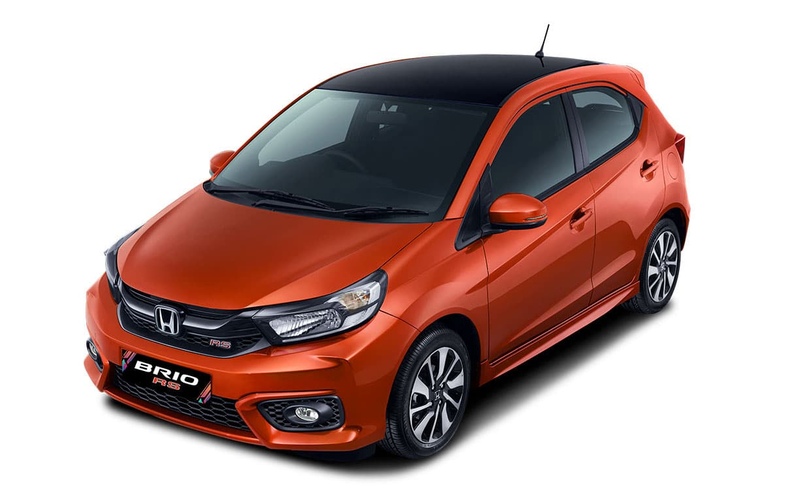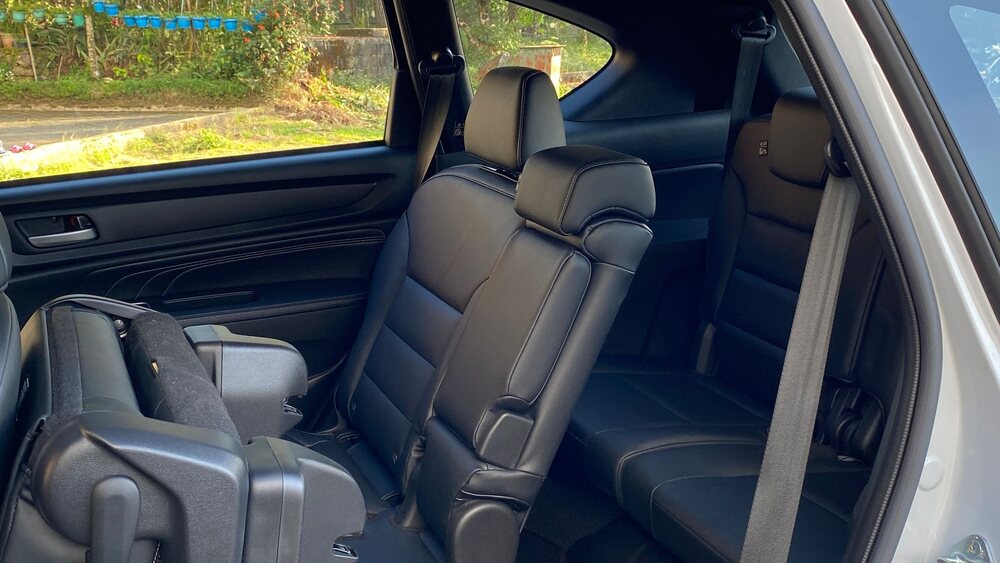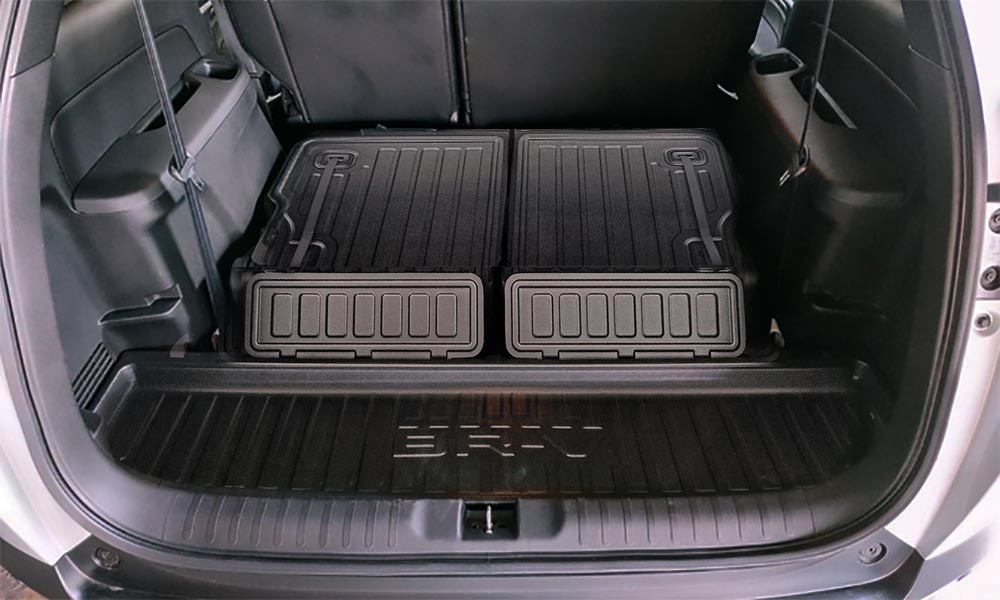RECENTLY, the National Privacy Commission (NPC) called for compliance to the Data Privacy Act of 2012, citing cases of possible breaches that may result from unhygienic data privacy practices. The privacy commission reiterates that in the modern digital landscape, where personal and financial information is exchanged online with increasing frequency, the need for privacy protection has become paramount.
Privacy protection not only preserves individuals’ sensitive data but also plays a crucial role in preventing fraud. But how exactly does privacy protection mechanisms contribute to fraud prevention and provides concrete examples to illustrate their significance.
How it starts and ends: privacy regulations and compliance
Privacy regulations, differ from country to country and region to region. In the Philippines we have the Data Privacy Act of 2012, Europe is controlled by the tough and ever evolving General Data Protection Regulation (GDPR), China has the Personal Information Protection Law (PIPL), Japan uses its Act on the Protection of Personal Information (APPI) and in the US, the California Consumer Privacy Act (CCPA) has become a model for other states to follow.
What is common between all these privacy laws in the enforcement of rules regarding the collection, processing, and storage of personal data. Iceland’s Data Protection Act of 2000, one of the most stringent in the world. states that data must be obtained for specific purposes, and only after the subject has given unambiguous and informed consent.
These regulations empower individuals to have control over their data and dictate how businesses handle it, thereby reducing the risk of data breaches and subsequent fraud. Some are stricter than others, such as in Iceland, where its The Data Protection Act of 2000 states that data must be obtained for specific purposes, and only after the subject has given unambiguous and informed consent.
An example is a that retail company that adheres to Philippine Data Privacy Act of 2012 (DPA 2012) will put in place regulations ensures that customers’ personal data, including payment information, is processed and stored in a secure and transparent manner. In the event of a data breach, the company is obligated, within 72 hours, to report to the NPC but even before that to inform customers promptly, allowing them to take necessary precautions against potential fraud attempts using their compromised data.
Anonymity and minimization of data
The International Association of Privacy Practitioners (IAPP), in a webinar last month shared how privacy protection also involves the anonymization and minimization of data. Anonymization involves removing personally identifiable information from datasets, while minimization entails collecting only the necessary data required for a specific purpose. Both practices limit the exposure of sensitive information, thereby reducing the potential impact of a data breach. These are listed in the DPA 2012 as transparency, proportionality and legitimate purpose.
Healthcare organizations adopting anonymization techniques for medical research ensure that patient identities are protected. By removing personal identifiers, the risk of fraudsters accessing medical records and misusing the data for fraudulent insurance claims or identity theft is significantly mitigated.
One of the fundamental ways privacy protection prevents fraud is through robust encryption and data security measures. By encrypting sensitive information during transmission and storage, potential attackers are thwarted from intercepting and misusing the data. This safeguards both individuals and businesses from falling victim to fraud schemes that exploit stolen data.
Consider online banking platforms that use end-to-end encryption. When a user enters their banking credentials or conducts a financial transaction, the information is encrypted before being sent to the bank’s servers. Even if a cybercriminal intercepts the data, it remains unreadable without the encryption key, effectively preventing unauthorized access and fraudulent activities.
The best way to protect privacy is to give hackers a hard time. One way to do that is via two-factor authentication. As an additional layer of security it simply requires users to provide two separate forms of verification before accessing an account. This method enhances security by ensuring that even if a password is compromised, an extra step is needed for unauthorized access.
Most social media platforms like Instagram and Facebook offer 2FA. If a user’s password is stolen, the hacker still needs access to the user’s mobile device or email account to complete the login process. This makes it significantly more challenging for fraudsters to gain unauthorized access to user accounts, reducing the likelihood of fraudulent posts or messages being sent from compromised accounts.
Privacy protection serves as a powerful tool in the fight against fraud, offering a multi-faceted approach to safeguarding individuals and businesses from malicious activities. Through encryption, 2FA, privacy regulations, and data anonymization, privacy protection mechanisms create formidable barriers for cybercriminals attempting to exploit sensitive information. As technology continues to advance, the importance of robust privacy protection measures will only grow, reinforcing the collective effort to prevent fraud and maintain the integrity of online interactions.







 She meowed her way to my heart, sitting on a pile of tires in our garage, she had a white coat, but was gray when I first met her. She was also thin and flea infested. Like most street adoptions, I brought her to the vet, but I didn’t have to nurse her back to health. She did that mostly by herself, gobbling up kibble, by the kilo. But she worked for her keep, bringing me mice, roaches and being my personal home paper shredder.
She meowed her way to my heart, sitting on a pile of tires in our garage, she had a white coat, but was gray when I first met her. She was also thin and flea infested. Like most street adoptions, I brought her to the vet, but I didn’t have to nurse her back to health. She did that mostly by herself, gobbling up kibble, by the kilo. But she worked for her keep, bringing me mice, roaches and being my personal home paper shredder.




